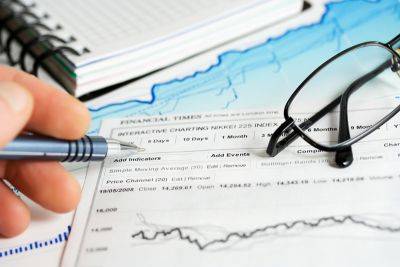How scientists are using artificial intelligence
solar panels and controlling nuclear-fusion reactions—are all turning to AI in order to augment or accelerate their progress. The potential is enormous.
“AI could usher in a new renaissance of discovery," argues Demis Hassabis, co-founder of Google DeepMind, an AI lab based in London, “acting as a multiplier for human ingenuity." He has compared AI to the telescope, an essential technology that will let scientists see farther and understand more than with the naked eye alone. Though it has been part of the scientific toolkit since the 1960s, for most of its life AI has been stuck within disciplines where scientists were already well-versed in computer code—particle physics, for example, or mathematics.
By 2023, however, with the rise of deep learning, more than 99% of research fields were producing AI-related results, according to CSIRO, Australia’s science agency (see chart). “Democratisation is the thing that is causing this explosion," says Mark Girolami, chief scientist at the Alan Turing Institute in London.
What used to require a computer-science degree and lines of arcane programming languages can now be done with user-friendly AI tools, often made to work after a query to ChatGPT, OpenAI’s chatbot. Thus scientists have easy access to what is essentially a dogged, superhuman research assistant that will solve equations and tirelessly sift through enormous piles of data to look for any patterns or correlations within.
In materials science, for example, the problem is similar to that in drug discovery—there are an unfathomable number of possible compounds. When researchers at the University of Liverpool were looking for materials that would have the very specific properties required to build better batteries, they
. Read more on livemint.com




 livemint.com
livemint.com




















